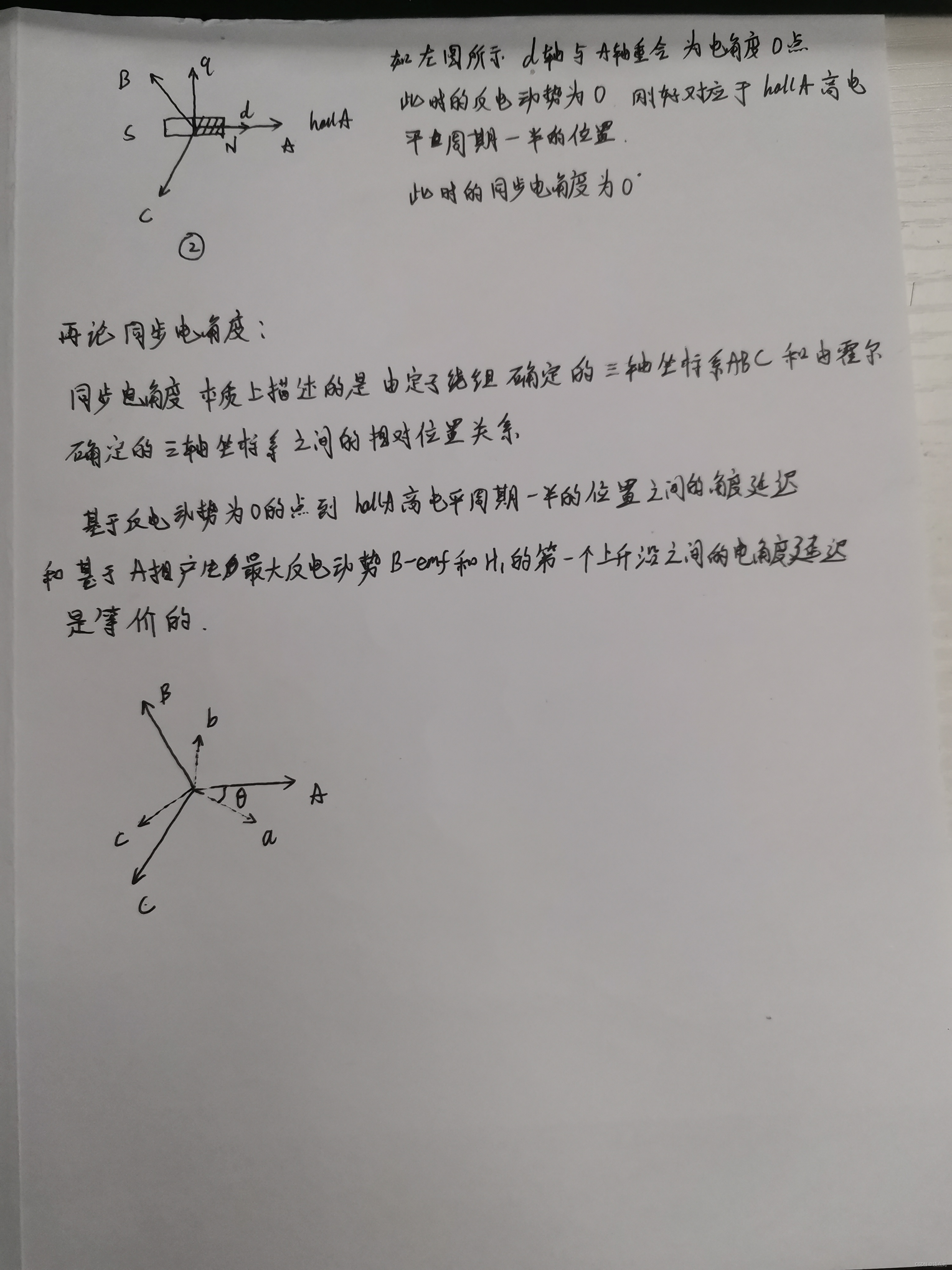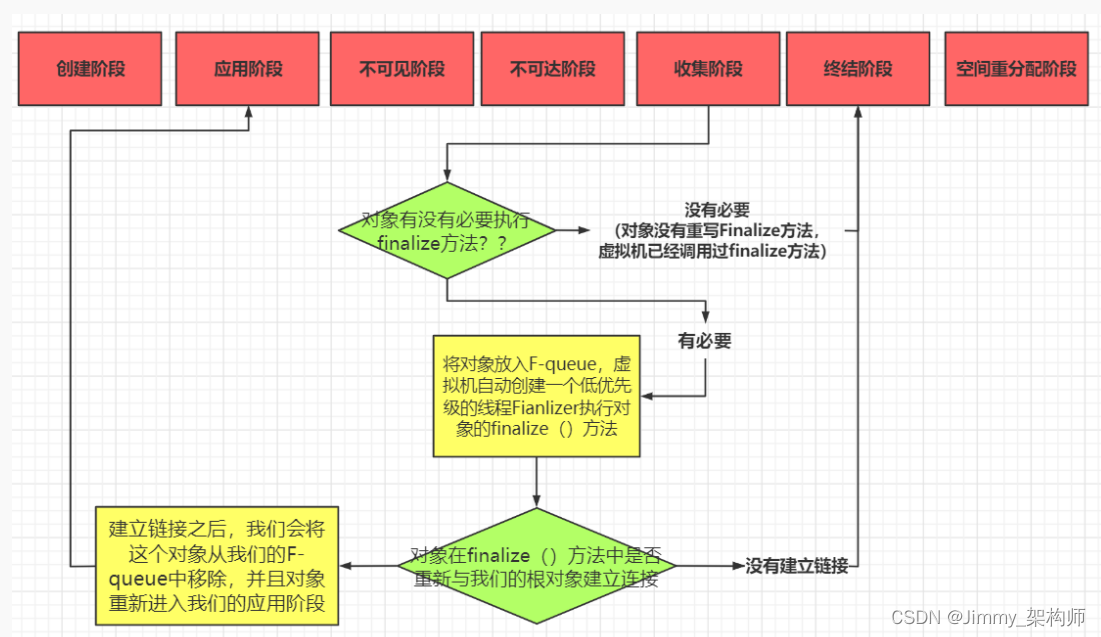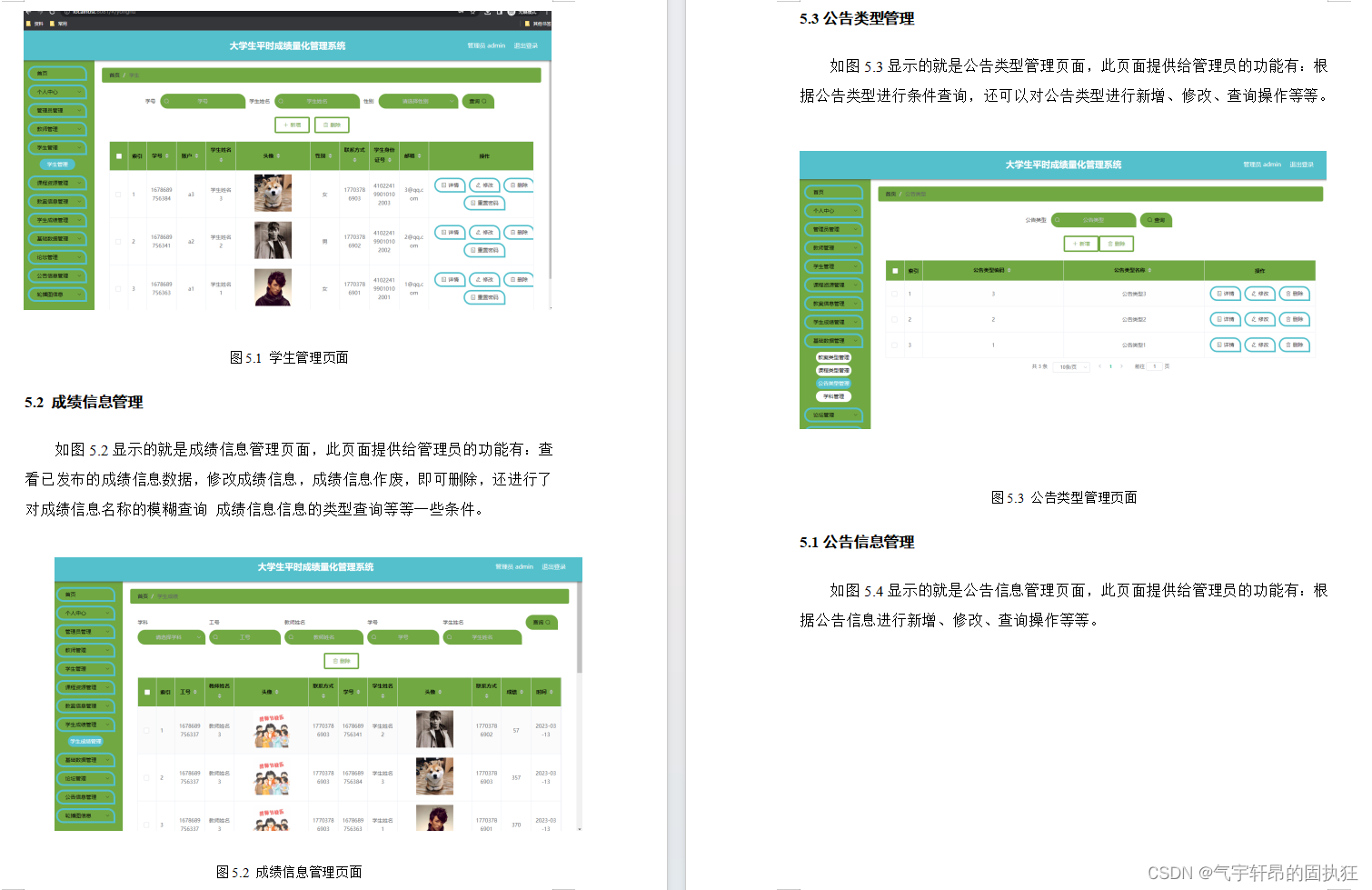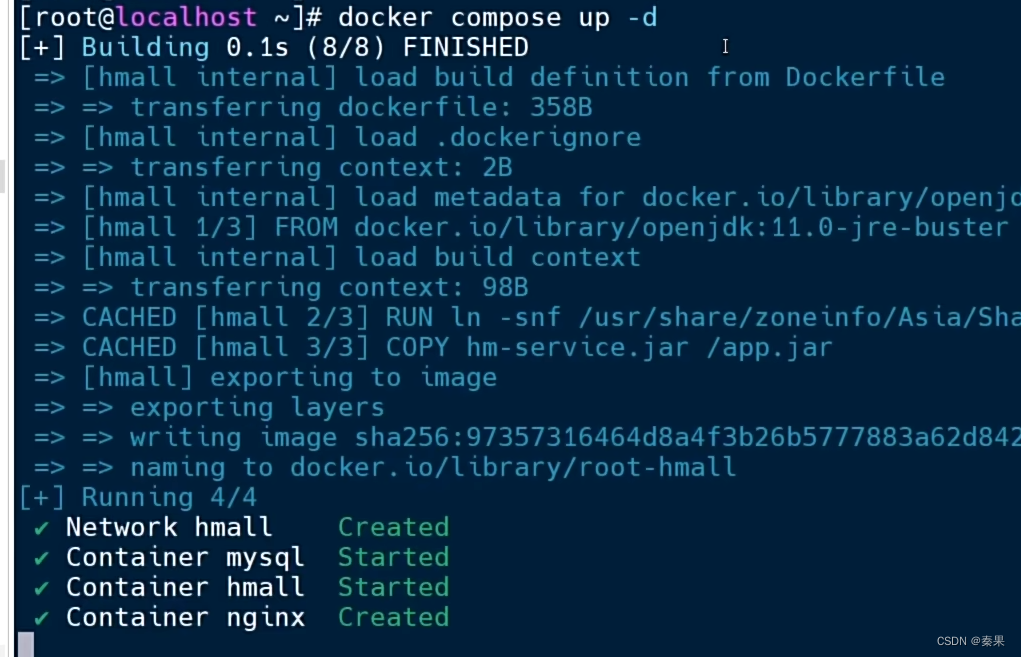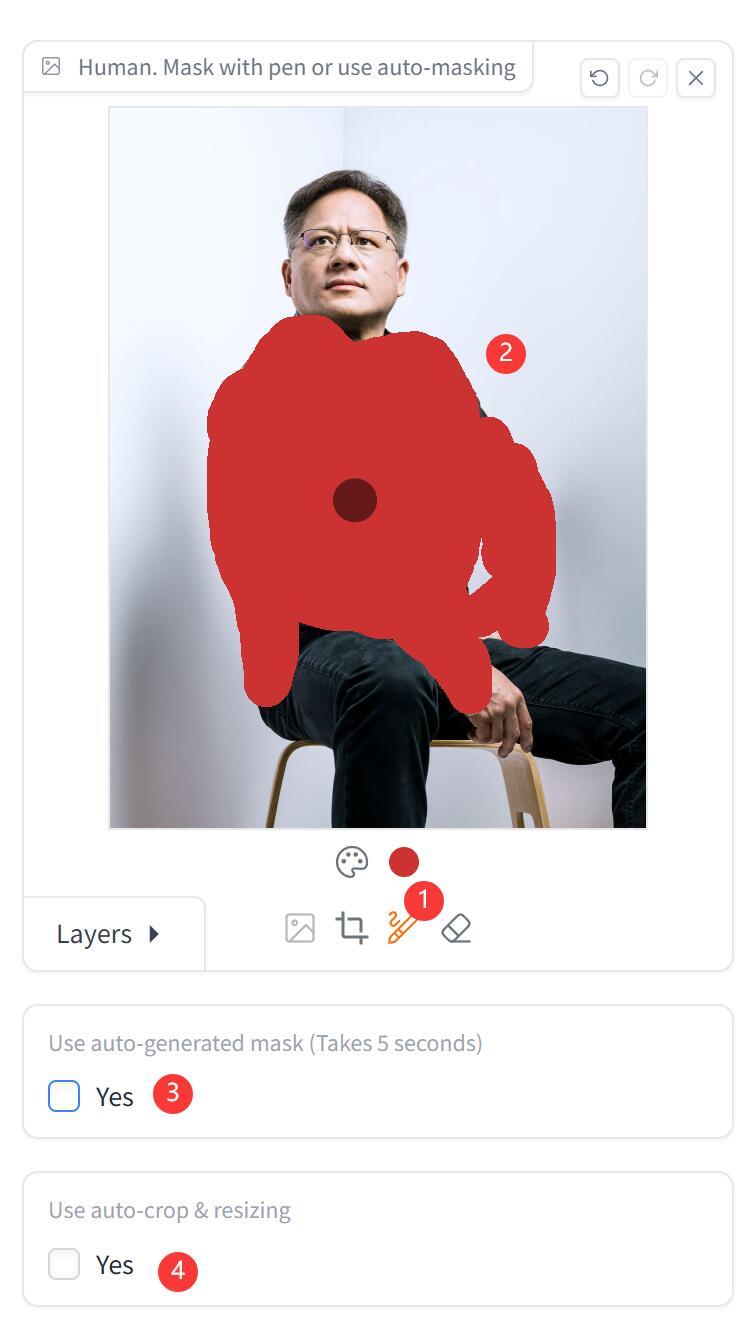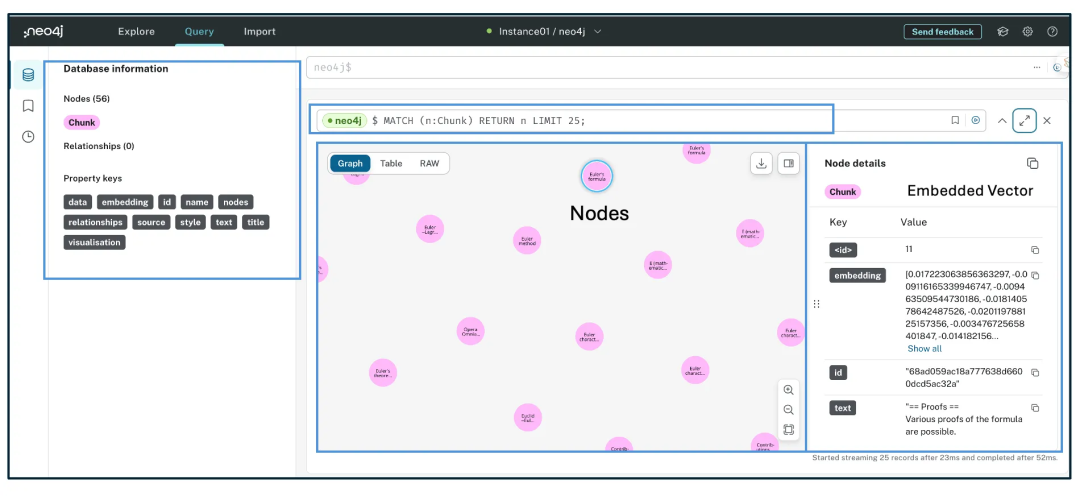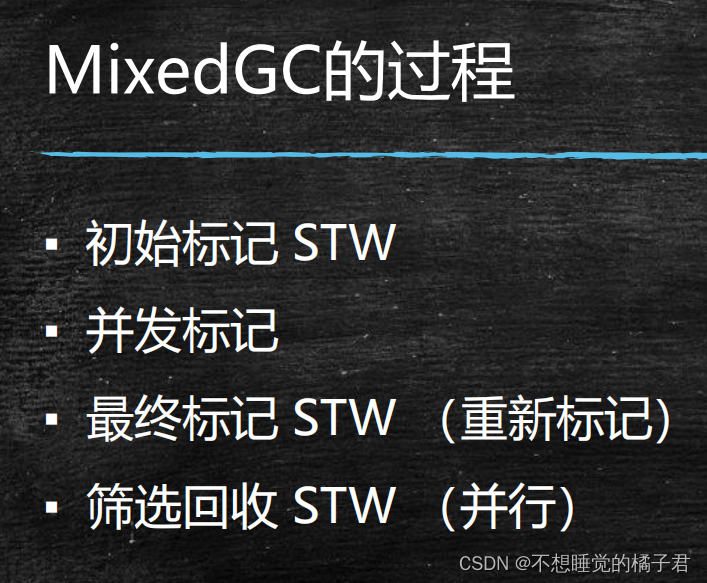文章目录
- 一、File类的概述
- 二、File类的常用方法
- 2.1 File.Exists(string path)
- 2.2 File.Create(string path)
- 2.3 File.WriteAllText(string path, string contents)
- 2.4 File.ReadAllText(string path)
- 2.5 File.Copy(string sourceFilePath, string destFilePath, bool overwrite)
- 2.6 File.Delete(string path)
- 2.7 File.AppendAllText(string path, string contents)
- 2.8 File.Move(string sourceFilePath, string destFilePath)
- 三、File类的使用注意事项
- 四、总结

在C#中,文件操作是编程中常见的需求,而.NET Framework为我们提供了一个名为File的类,用于进行文件的读取、写入、创建、删除等操作。本文将对File类进行详细的解析,帮助大家深入理解其背后的原理和用法。
一、File类的概述
File类位于System.IO命名空间中,它提供了静态方法,用于处理文件系统。这些方法可以用来读取、写入、创建、复制、移动和删除文件。由于File类是静态的,因此我们不需要创建它的实例就可以使用它的方法。
二、File类的常用方法
2.1 File.Exists(string path)
该方法用于检查指定的文件路径是否存在。如果文件存在,则返回True,否则返回False。
示例代码:
using System;
using System.IO;
class Program
{
static void Main()
{
string filePath = "example.txt";
if (File.Exists(filePath))
{
Console.WriteLine("文件存在。");
}
else
{
Console.WriteLine("文件不存在。");
}
}
}
2.2 File.Create(string path)
该方法用于创建一个新文件,如果文件已存在,则覆盖它。
示例代码:
using System;
using System.IO;
class Program
{
static void Main()
{
string filePath = "example.txt";
try
{
using (FileStream fs = File.Create(filePath))
{
Console.WriteLine("文件创建成功。");
}
}
catch (IOException ex)
{
Console.WriteLine("创建文件时发生错误:" + ex.Message);
}
}
}
2.3 File.WriteAllText(string path, string contents)
该方法用于将字符串内容写入指定路径的文件中,如果文件不存在,则创建一个新文件。
示例代码:
using System;
using System.IO;
class Program
{
static void Main()
{
string filePath = "example.txt";
string fileContent = "Hello, World!";
try
{
File.WriteAllText(filePath, fileContent);
Console.WriteLine("文件写入成功。");
}
catch (IOException ex)
{
Console.WriteLine("写入文件时发生错误:" + ex.Message);
}
}
}
2.4 File.ReadAllText(string path)
该方法用于从指定路径的文件中读取所有文本内容,并将其返回为一个字符串。
示例代码:
using System;
using System.IO;
class Program
{
static void Main()
{
string filePath = "example.txt";
try
{
string fileContent = File.ReadAllText(filePath);
Console.WriteLine("文件内容:" + fileContent);
}
catch (IOException ex)
{
Console.WriteLine("读取文件时发生错误:" + ex.Message);
}
}
}
2.5 File.Copy(string sourceFilePath, string destFilePath, bool overwrite)
该方法用于复制文件。sourceFilePath是源文件路径,destFilePath是目标文件路径。如果overwrite为True,则覆盖目标文件。
示例代码:
using System;
using System.IO;
class Program
{
static void Main()
{
string sourceFilePath = "example.txt";
string destFilePath = "example_copy.txt";
try
{
File.Copy(sourceFilePath, destFilePath, true);
Console.WriteLine("文件复制成功。");
}
catch (IOException ex)
{
Console.WriteLine("复制文件时发生错误:" + ex.Message);
}
}
}
2.6 File.Delete(string path)
该方法用于删除指定路径的文件。
示例代码:
using System;
using System.IO;
class Program
{
static void Main()
{
string filePath = "example.txt";
try
{
File.Delete(filePath);
Console.WriteLine("文件删除成功。");
}
catch (IOException ex)
{
Console.WriteLine("删除文件时发生错误:" + ex.Message);
}
}
}
2.7 File.AppendAllText(string path, string contents)
该方法用于将字符串内容追加到指定路径的文件末尾,如果文件不存在,则创建一个新文件。
示例代码:
using System;
using System.IO;
class Program
{
static void Main()
{
string filePath = "example.txt";
string fileContent = "Hello, World!";
try
{
File.AppendAllText(filePath, fileContent);
Console.WriteLine("文件追加成功。");
}
catch (IOException ex)
{
Console.WriteLine("追加文件时发生错误:" + ex.Message);
}
}
}
2.8 File.Move(string sourceFilePath, string destFilePath)
该方法用于移动文件。sourceFilePath是源文件路径,destFilePath是目标文件路径。
示例代码:
using System;
using System.IO;
class Program
{
static void Main()
{
string sourceFilePath = "example.txt";
string destFilePath = "example_moved.txt";
try
{
File.Move(sourceFilePath, destFilePath);
Console.WriteLine("文件移动成功。");
}
catch (IOException ex)
{
Console.WriteLine("移动文件时发生错误:" + ex.Message);
}
}
}
三、File类的使用注意事项
处理文件操作时,一定要检查异常。File类的方法可能会抛出IOException,因此在调用这些方法时,应该使用try-catch语句来捕获和处理异常。
当使用File.WriteAllText、File.AppendAllText等方法写入文件时,如果文件不存在,将会创建一个新文件。因此,在调用这些方法之前,最好先检查文件是否存在,以避免意外创建文件。
当需要同时读取和写入同一个文件时,要注意文件的打开和关闭。可以使用using语句自动管理文件流,确保文件在使用完毕后会被正确关闭。
四、总结
File类是C#中进行文件操作的重要工具。通过掌握File类的常用方法,我们可以方便地进行文件的创建、读取、写入、复制、移动和删除等操作。在使用File类时,要注意处理异常,并合理地管理文件流,以确保文件操作的安全和高效。


